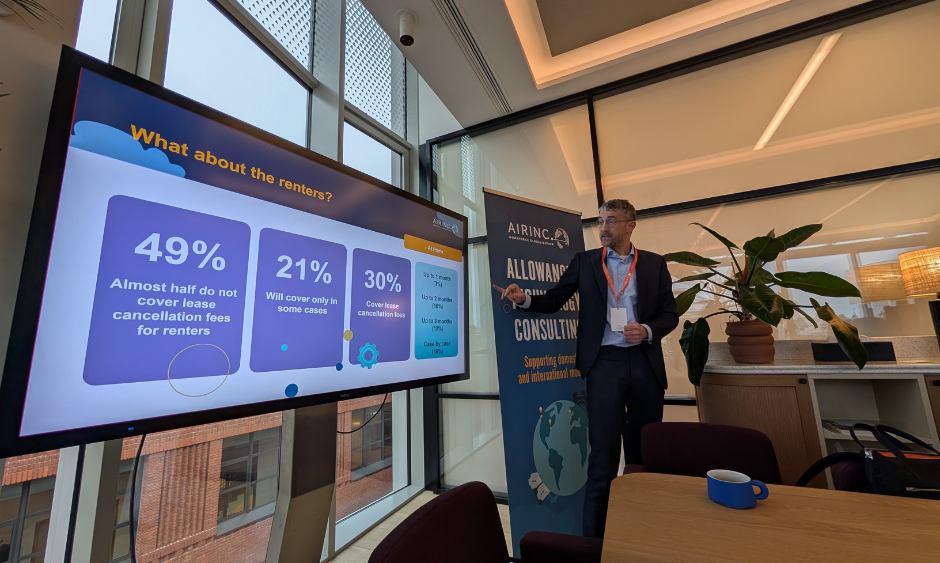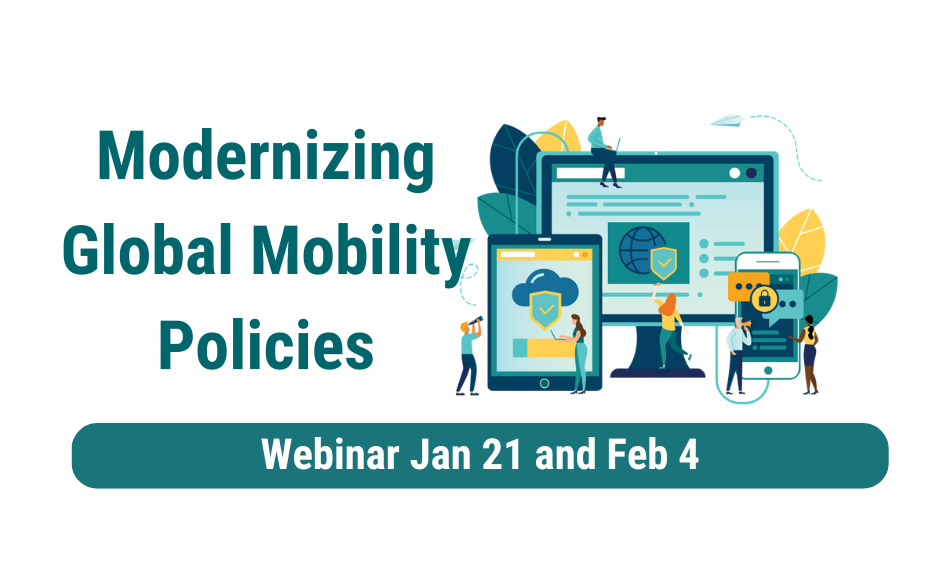Unleashing the Power of Mobility
Mistakes, lessons learned, and a better way forwardYour mobility policies say a lot about your program. Often, the policy document is the first introduction to your company’s Mobility program. Having a carefully curated policy suite can ensure that your program makes a strong first impression.
However, creating well-crafted policies is often easier said than done, and there are several common mistakes that can occur when drafting or revising policies. Keep reading below to learn about three of the most common policy mistakes and how to avoid them.
1. Your policy isn’t strategic enough
Creating a strong policy begins with understanding the strategic objectives of your mobility program. It’s important to make sure that your policy clearly supports these objectives because the policy is how you support your company’s business and talent strategies. By ensuring that the strategic objectives and the policy entitlements are presented at the same time, your audience will have a clear understanding of the purpose of mobility. Don’t miss the opportunity to support your company’s overall strategy through your mobility program. If your goal is to attract top talent and offer an above market program, then your strategy should be employee-focused: offering great benefits as well as support through their mobility journey.
2. Your policy is targeting the wrong audience
Before you create a policy, reflect on who the intended audience is. Whether it is the business, the employee, managers, or HR — each group will want to gain slightly different information from your policy document. In addition, they may want to learn about the benefits in different ways. A process-oriented policy will look and feel very different from a policy that is an engaging document meant to promote mobility, for example. Persuasive language should be used for certain audiences, while formal language can be used for others. Language has purpose and can affect how people interpret the information within the policy; the wrong language, and thus the wrong understanding, could lead to misplaced assignments or high attrition rates.
3. Your policy is doing too much at once
In our 2020 Mobility Outlook Survey, we found that 40% of companies structure their policies by length and purpose. Why? Because this ensures that each policy is targeted to a specific move type and length. However, some companies do try to cover more than one policy in one document. Covering multiple lengths or types of moves within a policy can overcomplicate the document. Above all, policies should be clear on what benefits are provided to the employee. If you detail too many benefits that apply to only a subset of employees, you may be muddying the waters by making it difficult for your audience to understand which benefits apply to whom. Having multiple policies separated by length and purpose gives you the opportunity to tailor each one to its audience, making sure the entitlements are clear in each document.
Collaborative innovation starts here!
Do your policies have any of these three common mistakes? Don't reinvent when you can reinvigorate and revitalize your program through innovative collaboration with AIRINC. We’re here to help. Contact your client engagement representative to learn more about our tailored policy writing process and how our team of experts can help craft your perfect policy.
The Three Essentials of Global Mobility Now: An interview with AIRINC's Mike Wincott










